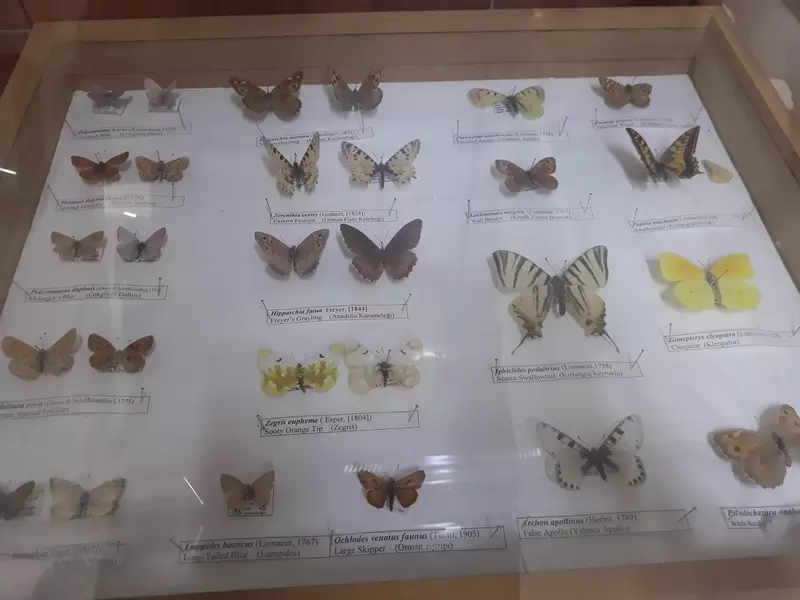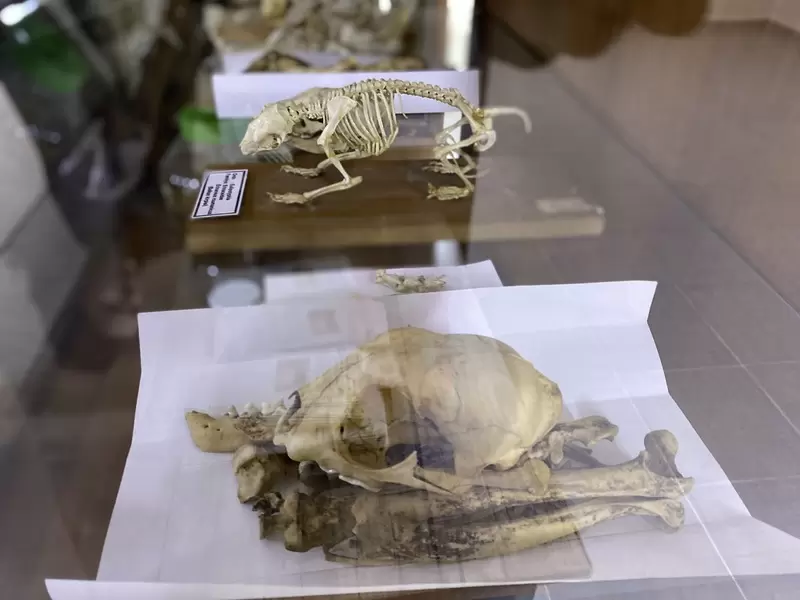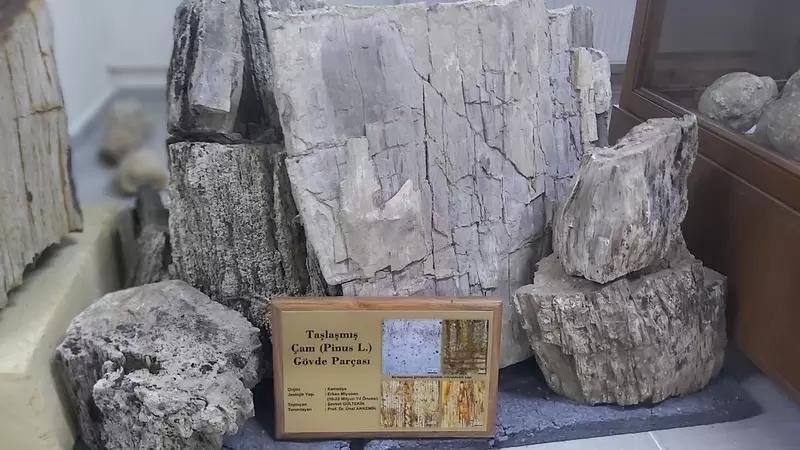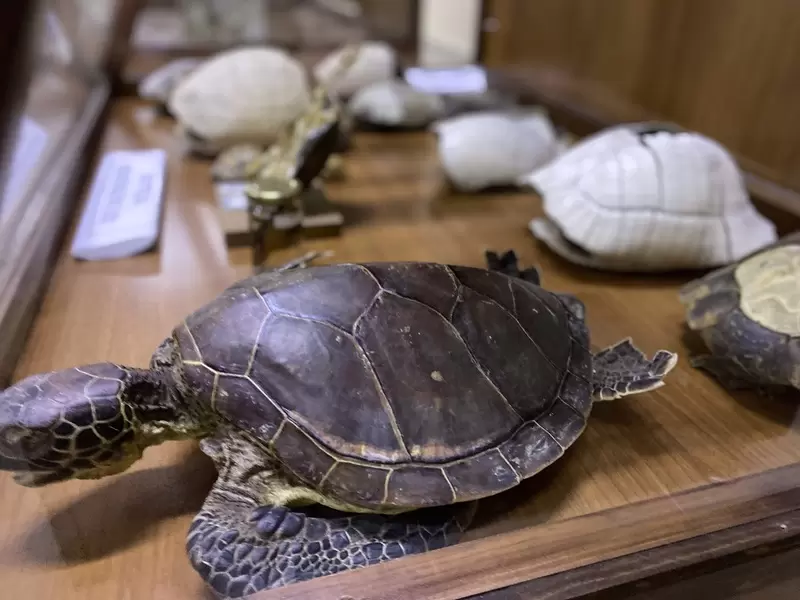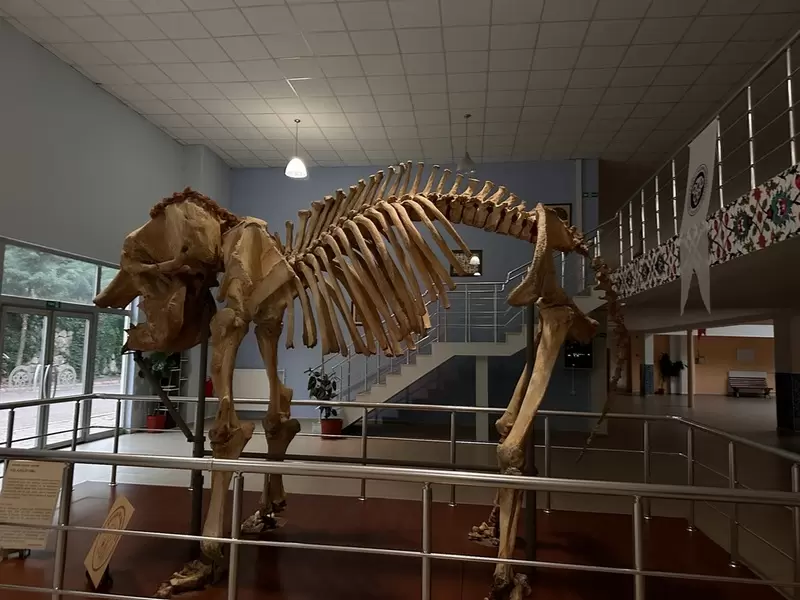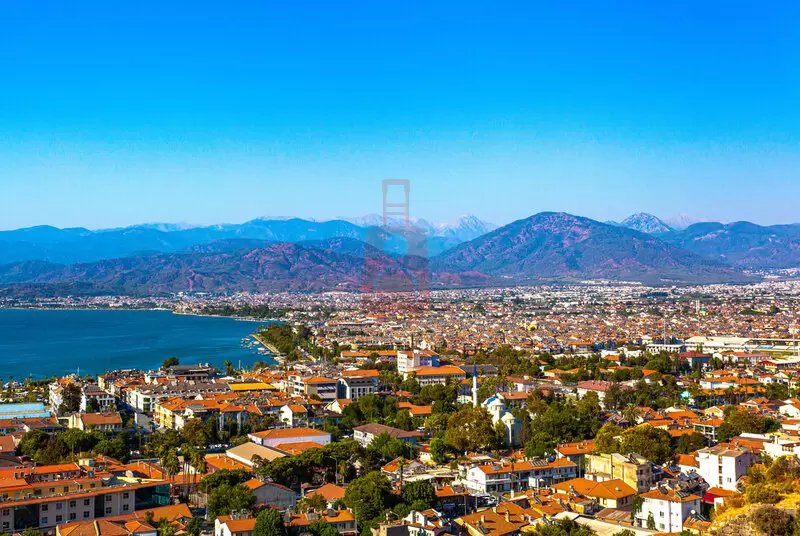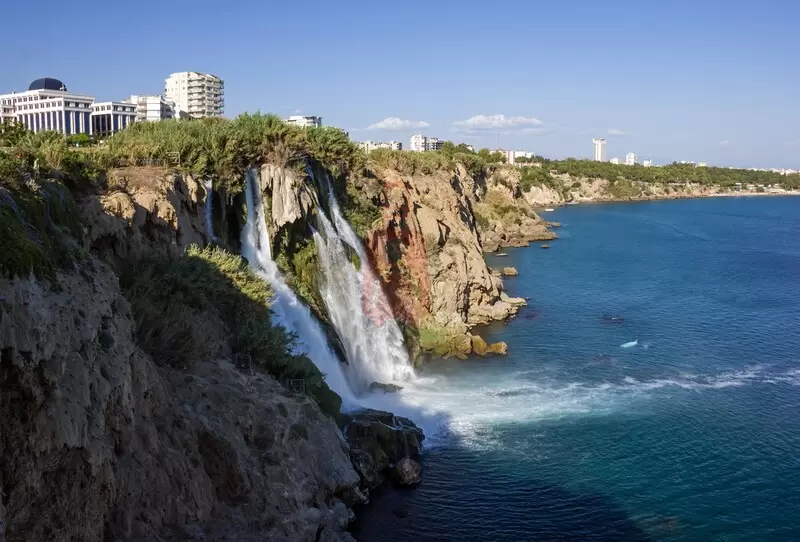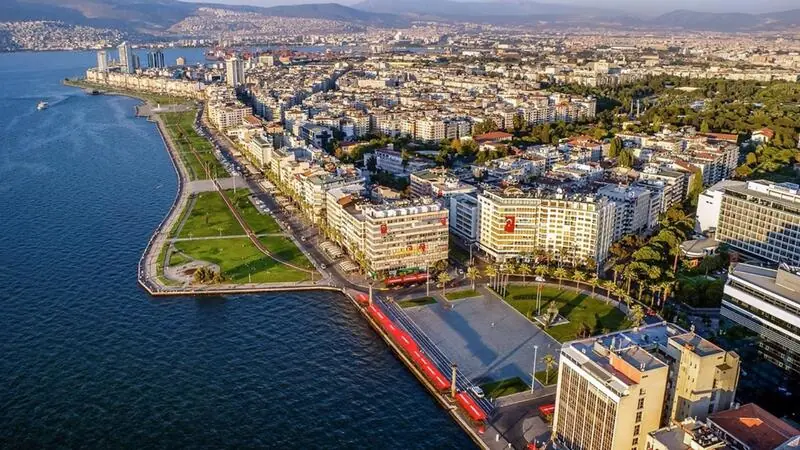
Ali Demirsoy Natural History Museum (Turkish: Ali Demirsoy Doğa Tarihi Müzesi) is a museum in Malatya, Turkey, dedicated to the natural history of the region. The museum is located in the center of the city, near the Ulu Cami. The museum was founded in 2003, and has a collection of over 10,000 objects from the region's flora and fauna. The museum is divided into four sections: the geology section, the paleontology section, the zoology section, and the botany section. The geology section contains objects from the region's geology, including fossils, minerals, and rocks. The paleontology section contains objects from the region's paleontology, including dinosaur fossils, marine fossils, and plant fossils. The zoology section contains objects from the region's zoology, including birds, mammals, reptiles, amphibians, and fish. The botany section contains objects from the region's botany, including plants, flowers, and trees.
The Ali Demirsoy Natural History Museum, also known as the Ali Demirsoy Doğa Tarihi Müzesi in Turkish, is a natural history museum located in Istanbul, Turkey. Here is some information about the Ali Demirsoy Natural History Museum:
1. Overview: The Ali Demirsoy Natural History Museum is dedicated to showcasing the natural heritage of Turkey and the world. The museum exhibits a wide range of specimens, including fossils, minerals, plants, and animals, providing visitors with insights into the diversity and complexity of the natural world.
2. History and Namesake: The museum is named after Ali Demirsoy, a prominent Turkish biologist and conservationist known for his work in the field of natural history. Ali Demirsoy made significant contributions to the study of Turkish flora and fauna, and the museum was established in his honor.
3. Collections and Exhibits: The museum features various collections and exhibits that cover different aspects of natural history:
- Fossils: The museum displays a collection of fossil specimens, including those of prehistoric plants, invertebrates, and vertebrates. These fossils provide a glimpse into ancient ecosystems and the evolution of life on Earth.
- Minerals: Visitors can explore a variety of mineral specimens, including gemstones, crystals, and rocks. The exhibits showcase the beauty and diversity of minerals found in Turkey and from around the world.
- Flora and Fauna: The museum highlights the rich biodiversity of Turkey through exhibits featuring preserved plants, insects, birds, mammals, and marine life. These displays offer insights into the different ecosystems and habitats found in Turkey.
- Environmental Education: The museum also focuses on environmental education and conservation. It aims to raise awareness about ecological issues and the importance of protecting natural resources through interactive displays and educational programs.
4. Visiting the Museum: If you plan to visit the Ali Demirsoy Natural History Museum, it is advisable to check the museum's operating hours, admission fees, and any specific guidelines for visitors. You can contact the museum directly or refer to their official website for the most accurate and up-to-date information.
Please note that specific details about the museum's exhibits and events may vary, and it is always recommended to verify the information before planning your visit to the Ali Demirsoy Natural History Museum.
